I typed "what is creativity?" into the Google, and this is what it said:
The use of the imagination or original ideas, esp. in the production of an artistic work.
To some extent, we each have our own definitions of creativity. Those of us in creative professions may have our own unique set of rules, superstitions, ceremonies, and special pants to protect and nourish our creativity.
Getting it Out There
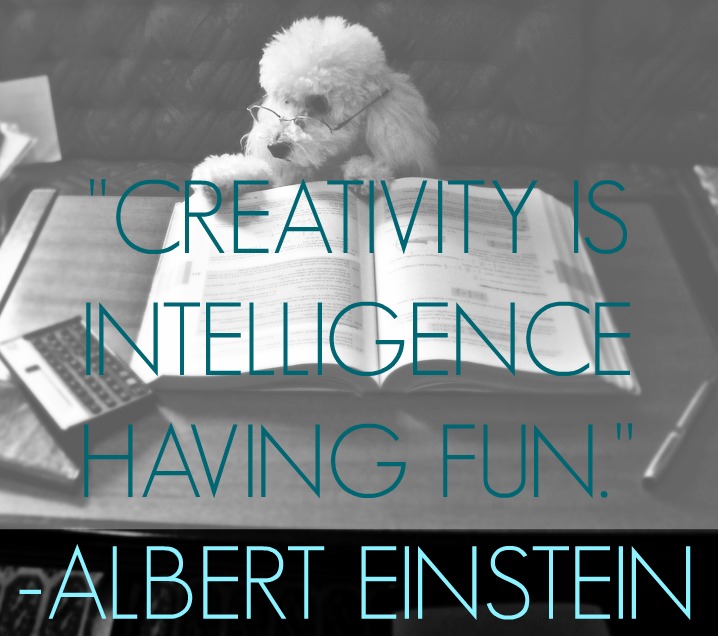
So what do I mean by "true creativity?" Well, I mean what I think is important to be truly creative. For me, true creativity emphasizes the production part of the definition. And I would go even further to say not just the production part, but the getting-it-out-there part. Because if you are all alone in your house being creative without sharing it, you are the only one who is going to benefit. And you are WAY too big-hearted, brave, and selfless to let that happen.
Criteria
The criteria, therefore, to make my list of top 10 websites for TRUE creativity included not just inspiration (although a couple are pure inspiration) but also encouragement, education, and channels for distributing the things you create. Because, again, creation without an audience -- creation without benefitting others -- is like having a child and then never letting it grow up and experience the world.
Some websites masquerade as pro-creativity sites when really, they are just pro-crastinativity sites. (And yes, I made that word up for phrasal symmetry.) Intentions might be pure, but these sites waste your time, make you feel bad about your own creative production, and then, in the worst cases, use your weakened emotional state to sell you things you don't need. Yuck. I've filtered all those out for you. You’re welcome.
The Top Ten
Here are the topic 10 best websites for true creativity (other than this one, of course) along with their highlights and an idea-suggestion for how to use each to get you going on your creative way.
- Design Milk
Highlight: This online magazine covers what's new and modern all over the design world: art, architecture, fashion, interior design, and technology.
Idea: The best sources of ideas are almost never in your field (you risk copying someone else there). So if you're a fashion designer, try looking at their architecture section. You might just find yourself inspired by the lines and colors you see there.
2. COLOURLovers
Highlight: This community of color fans shares palettes and patterns inspired by a wide variety of sources, including magazines, weddings, and Japanese art. Since I'm obsessed with color myself, I can't help but sneak in a link to this amazing article on Creative Bloq that shares 27 other online color tools. I could spend all day just looking at colors and palettes.
Idea: The colors and palettes are each given creative names by community members. Maybe you're writing song lyrics and you need some inspiration for how you're going to sing about the color of your lover's eyes or the sky. How about "lime fusion," or "moonage daydream"?
3. Kindle Direct Publishing
Highlight: There are a lot of websites out there aimed at helping self-publishing writers promote and sell their work. But Amazon Kindle Direct Publishing is the only program I've experienced significant results from. The program is free, easy to use, and in most cases, authors can earn 70% royalties while tapping into the marketing powerhouse that is the Amazon website. Through their KDP select program, I've been able to reach over ten times the amount of people I would normally be able to promote to. That means my book is actually out there in the world, even though I haven't spent a lot of time touring or promoting through blogs.
Idea: See just how easy it is to use by publishing one chapter of your book via KDP. Once you convince yourself just how easy it is to reach an audience, you'll be more motivated to finish your novel and start selling it.
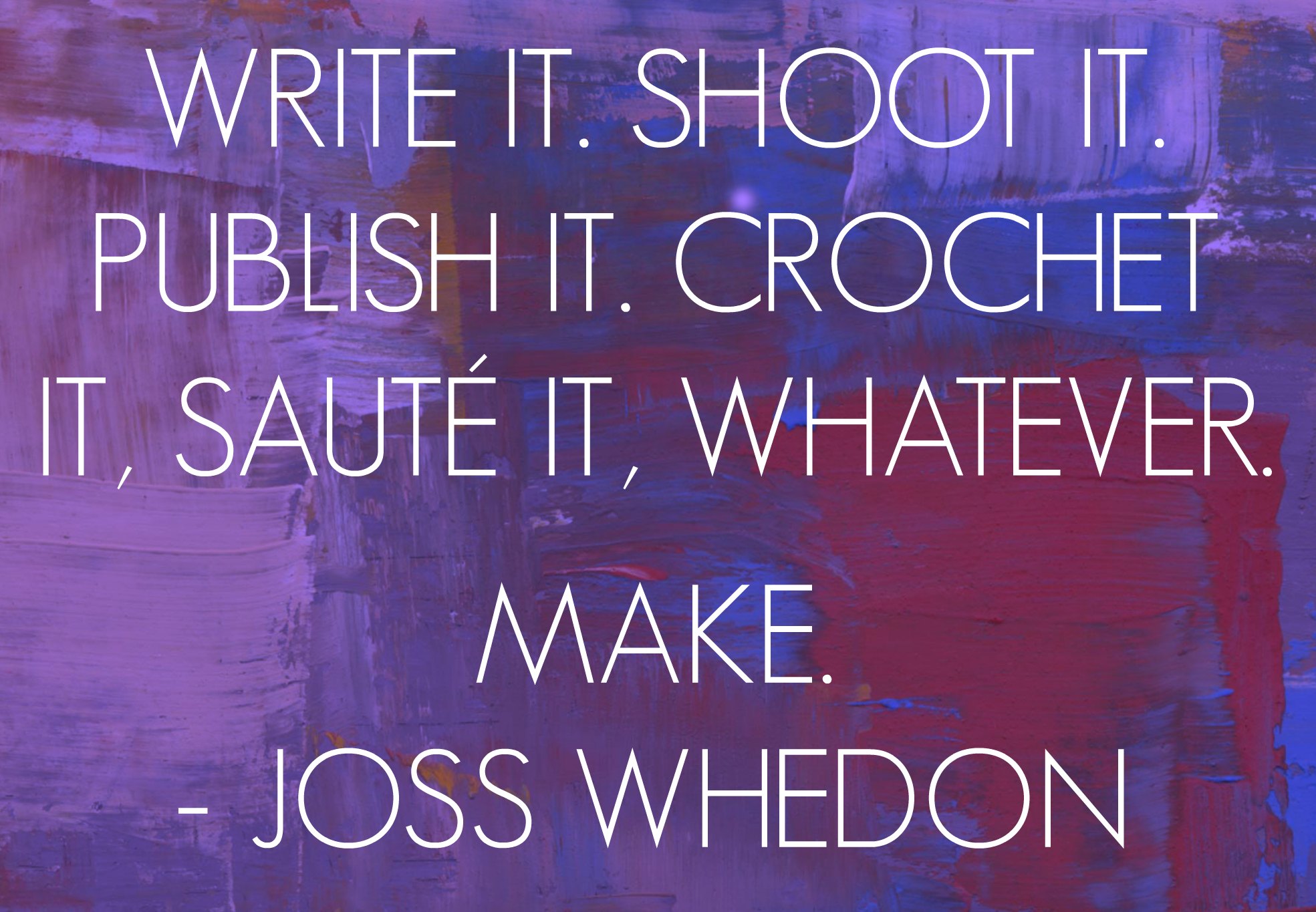
4. Pinterest
Highlight: Pinterest may be the world's best collection of visually-presented ideas. If you are a visual or curatorial person, odds are you are already on Pinterest. If you're not, get ready to sacrifice at least the next three days and nights to this addiction.
Idea: Maybe you're a film set designer. You could click on the "home decor" tab to instantly see incredible designs and atmosphere. And any other idea you could dream of.
5. ARTtwo50
Highlight: This brand new app allows people to virtually hang your visual art on the walls before buying it. And it markets and promotes the work of artists who sign up. I know so many artists would take a bullet before letting the words “business plan” come out of their mouth. Until ARTtwo50, that meant starvation or tending bar.
Idea: Use the app as your imagination puts you in the shoes of the people who buy your art (or who you visualize buying your art). See what they want and what they need. See how it’s going to hang above their couch. Hopefully that inspires you to make something that will make their life better.
6. Times Haiku
Highlight: Jacob Harris at the New York Times created an algorithm that automatically detects haiku which occur within the paper's articles. This Tumblr blog features the human-selected best from those naturally occurring haiku the computer program finds.
Idea: Revisit Times Haiku when you need a writing or creativity prompt. Could this haiku:

inspire a short story, or even a novel? What about a painting?
7. Etsy
Highlight: This online market place is the first spot to check out if you want to buy or sell handmade or vintage items.
Idea: Use the Collections feature to get atmospheric inspiration for anything from a poem to plating your latest culinary creation. Or just use it to get your own creations out there!
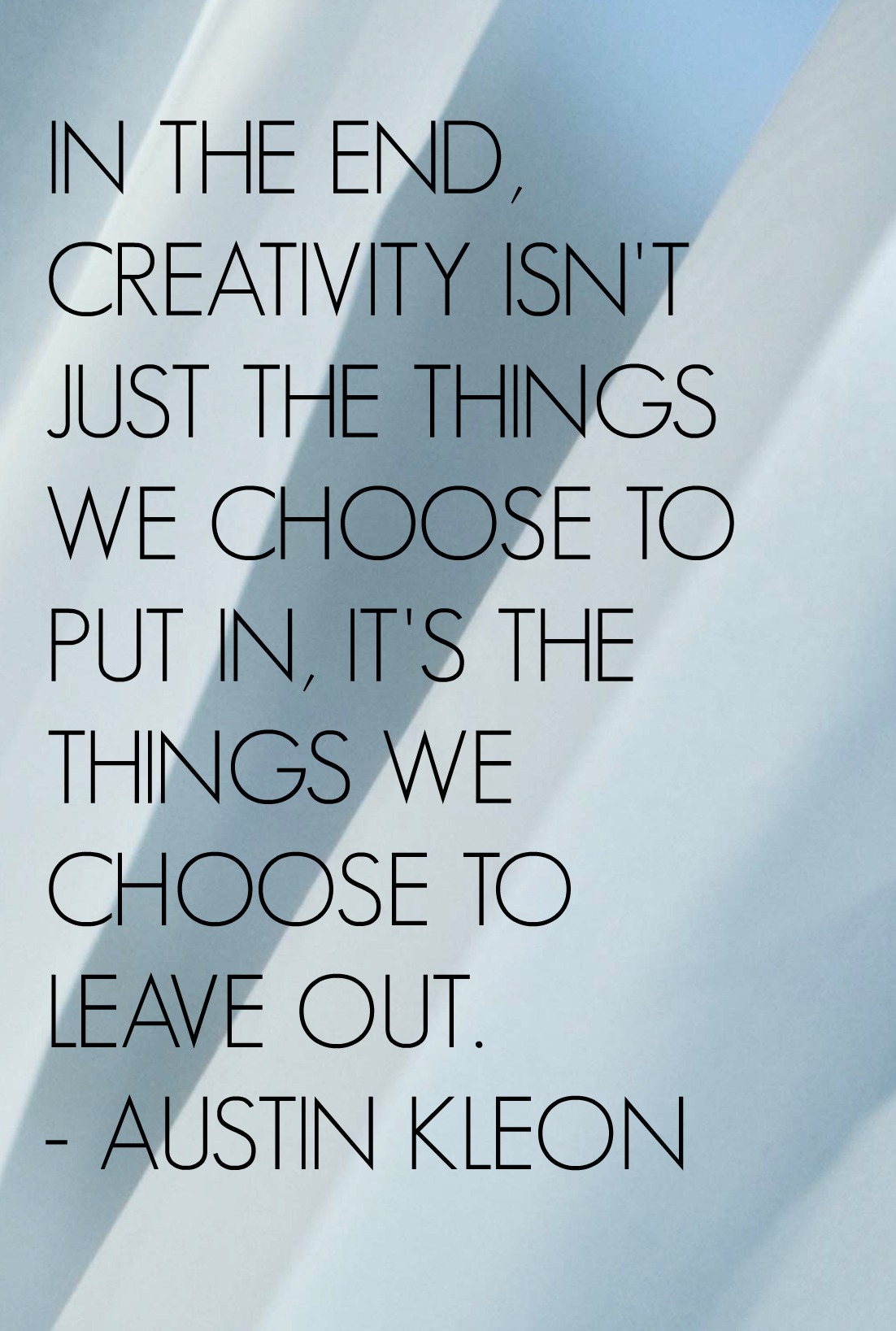 8. Freundevonfreunden
8. Freundevonfreunden
Highlight: FvF is an online magazine that shows creative people all over the world in their working environments, studios, and homes.
Idea: There's something inspiring about seeing artists in the space where they make things. Next time you feel self-doubt, just take a peek at FvF to be reminded that people all over the world are creating and you can too.
9. TED
Highlight: TED is a nonprofit that started with the goal of spreading ideas in the areas of technology, entertainment and design. Now it's become synonymous with videos of compelling and inspiring talks on just about any idea worth spreading.
Idea: I suggest watching TED talks when you need encouragement, motivation, or inspiration, because they tend to fire you up enough to get you back on track with YOUR projects. It's not an endless rabbit hole, with one video leading to another until you suddenly realize it's 2 AM. I usually can just watch one or two and then am able to apply an idea to my art or life.
10. Austin Kleon's Blog
Highlight: Writer-Artist Austin Kleon combines writing and visual appeal in his pieces, giving him unique authority to talk and write about the trans-mezcla nature of creativity.
Idea: If you haven't read his book, Steal Like an Artist, you should. In the meantime, check out his blog where he provides pithy and encouraging advice on the creative process.
BONUS!
11. Any Website That Makes You Laugh
Highlight: This website tickles your funny bone; it always seems to have a video or joke that cracks you up every time.
Idea: Visit when you feel creatively stuck. Laughter decreases stress, increases blood flow, increases positive brain chemicals, and can help improve creativity.
Did I miss a website that is in your top ten? Tell me which one and why in the comments.
Image credits:
1. See-ming Lee 李思明 SML via photopin cc (image altered).
2. betta design via photopin cc (image altered).







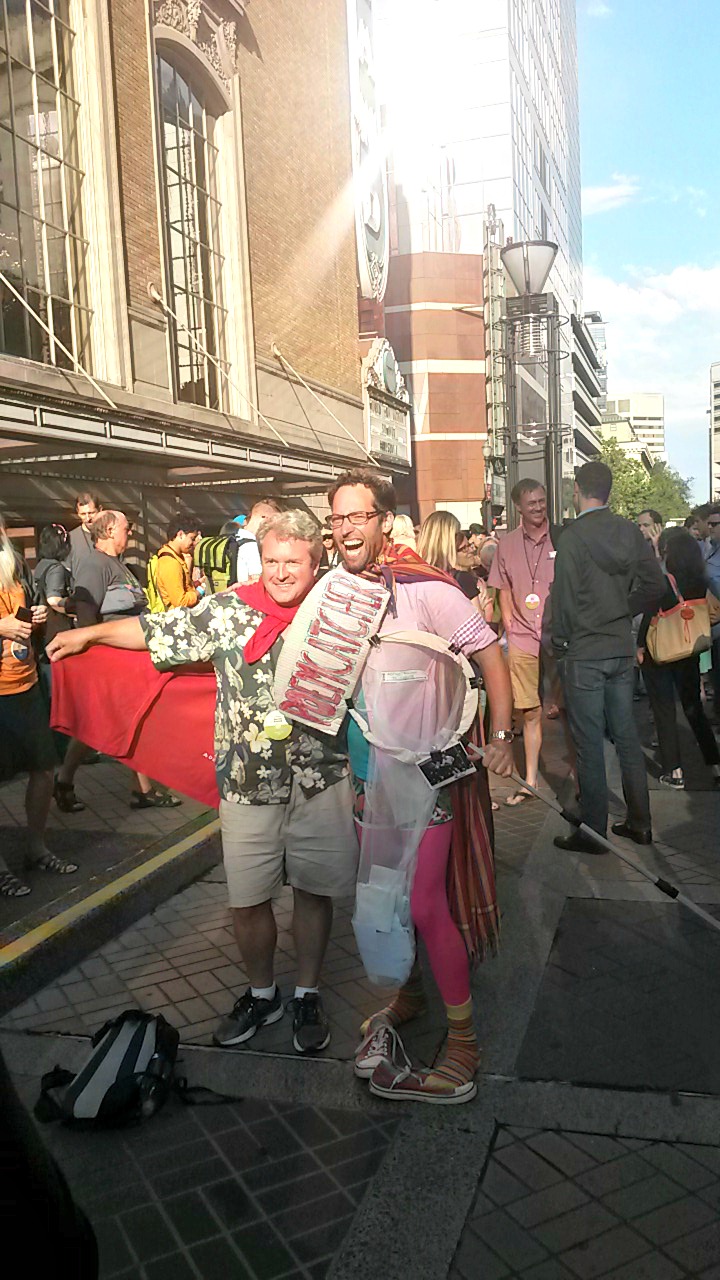


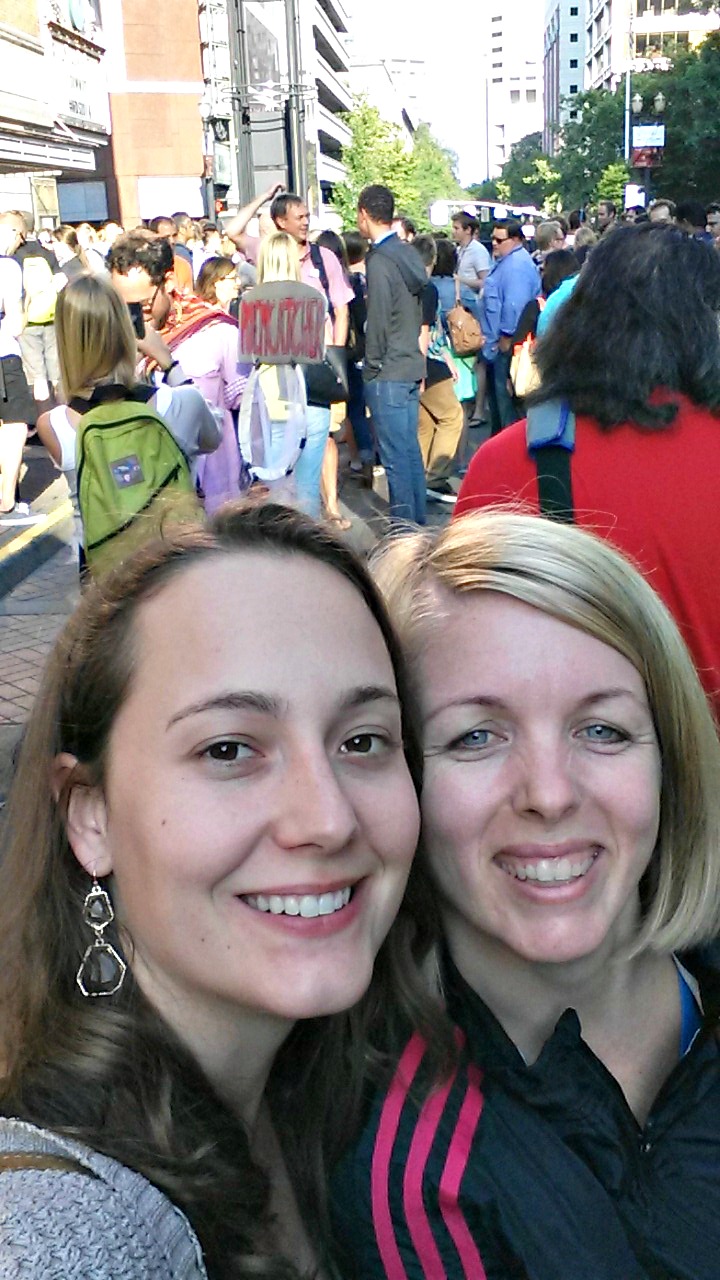

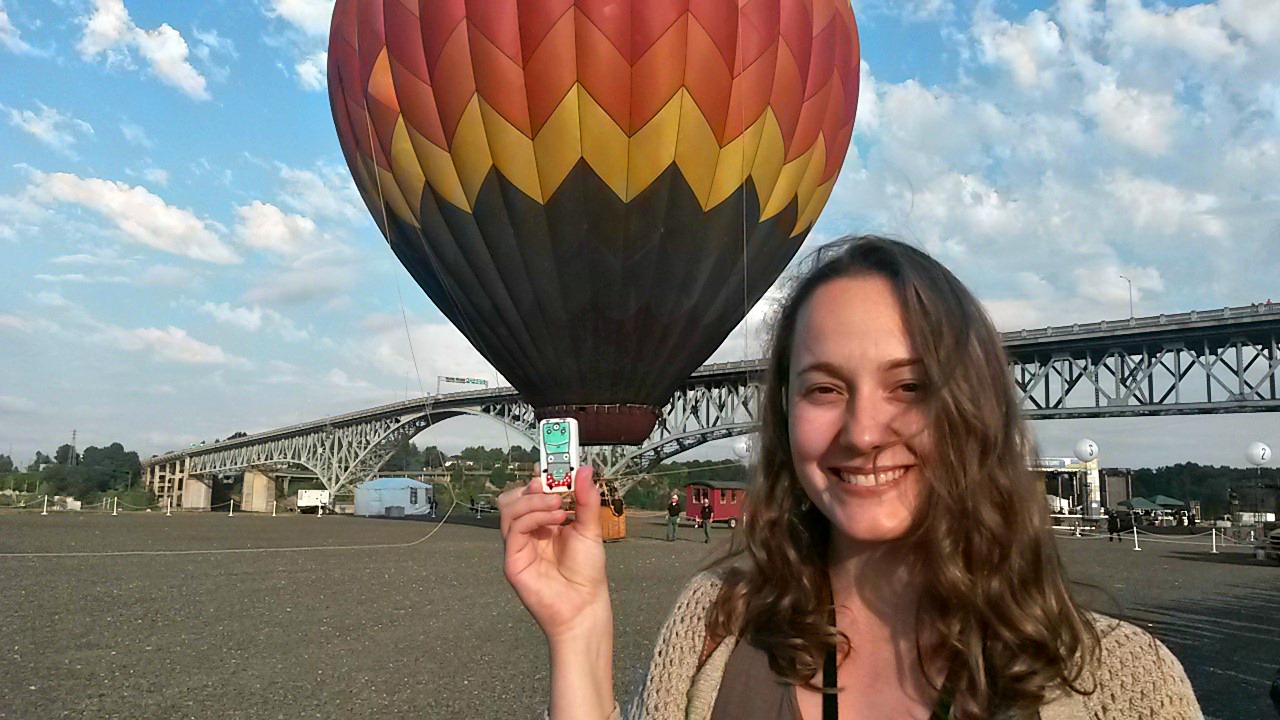












 8.
8. 
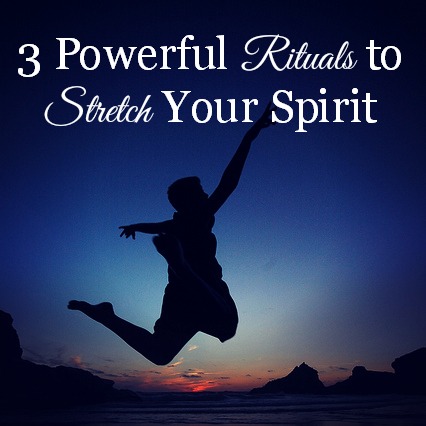




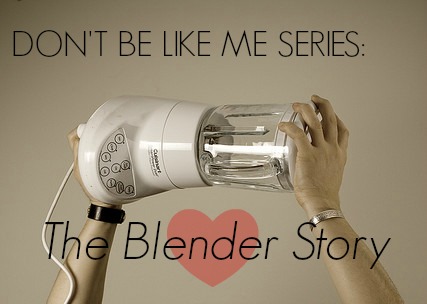



 Today I got an update from Jonathan Fields of Good Life Project. He interviews all kinds of people who are changing the world in a meaningful way. I’m a fan of his show, and read the bio of the man he recently interviewed, Chip Conley. Here are a couple snippets.
Today I got an update from Jonathan Fields of Good Life Project. He interviews all kinds of people who are changing the world in a meaningful way. I’m a fan of his show, and read the bio of the man he recently interviewed, Chip Conley. Here are a couple snippets.
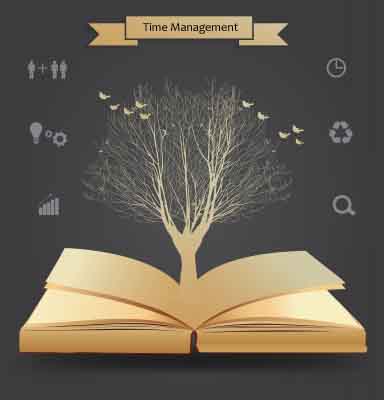
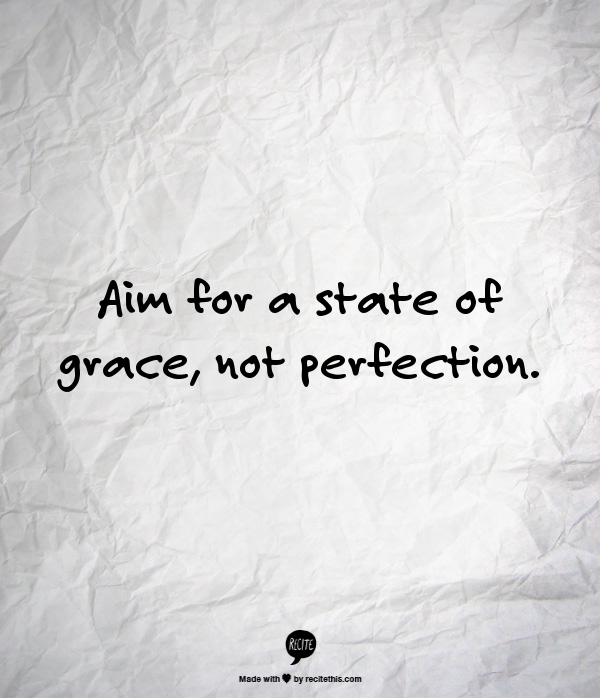 Aim for a state of grace, not perfection. No one, least of all those with the gifts of imagination and creativity, is perfect at managing their time. We all forget appointments and commitments. Grace means saying sorry when you let someone down by forgetting a
commitment. Grace means forgiving yourself and moving on when you let yourself down. Grace means high standards and higher levels of kindness to yourself and others.
Take action on idealizing your schedule by asking a few people you admire how they keep track of their commitments. Then create your own unique system so that you can create your ideal schedule.
Aim for a state of grace, not perfection. No one, least of all those with the gifts of imagination and creativity, is perfect at managing their time. We all forget appointments and commitments. Grace means saying sorry when you let someone down by forgetting a
commitment. Grace means forgiving yourself and moving on when you let yourself down. Grace means high standards and higher levels of kindness to yourself and others.
Take action on idealizing your schedule by asking a few people you admire how they keep track of their commitments. Then create your own unique system so that you can create your ideal schedule.



 I believe that our artistic and financial outcomes are a direct result of our daily, weekly, and monthly habits, or rituals. This belief comes from research and reading in the field of habits and behavior. Even more specifically, through a lifetime of being an artist, being friends with artists, and working with artists, I’ve discovered that there are 12 rituals that, when implemented, lead directly to artistic and financial success.
With trumpets and drum rolls, here is a quick summary of the 12 Rituals for Art & Income.
I believe that our artistic and financial outcomes are a direct result of our daily, weekly, and monthly habits, or rituals. This belief comes from research and reading in the field of habits and behavior. Even more specifically, through a lifetime of being an artist, being friends with artists, and working with artists, I’ve discovered that there are 12 rituals that, when implemented, lead directly to artistic and financial success.
With trumpets and drum rolls, here is a quick summary of the 12 Rituals for Art & Income.
